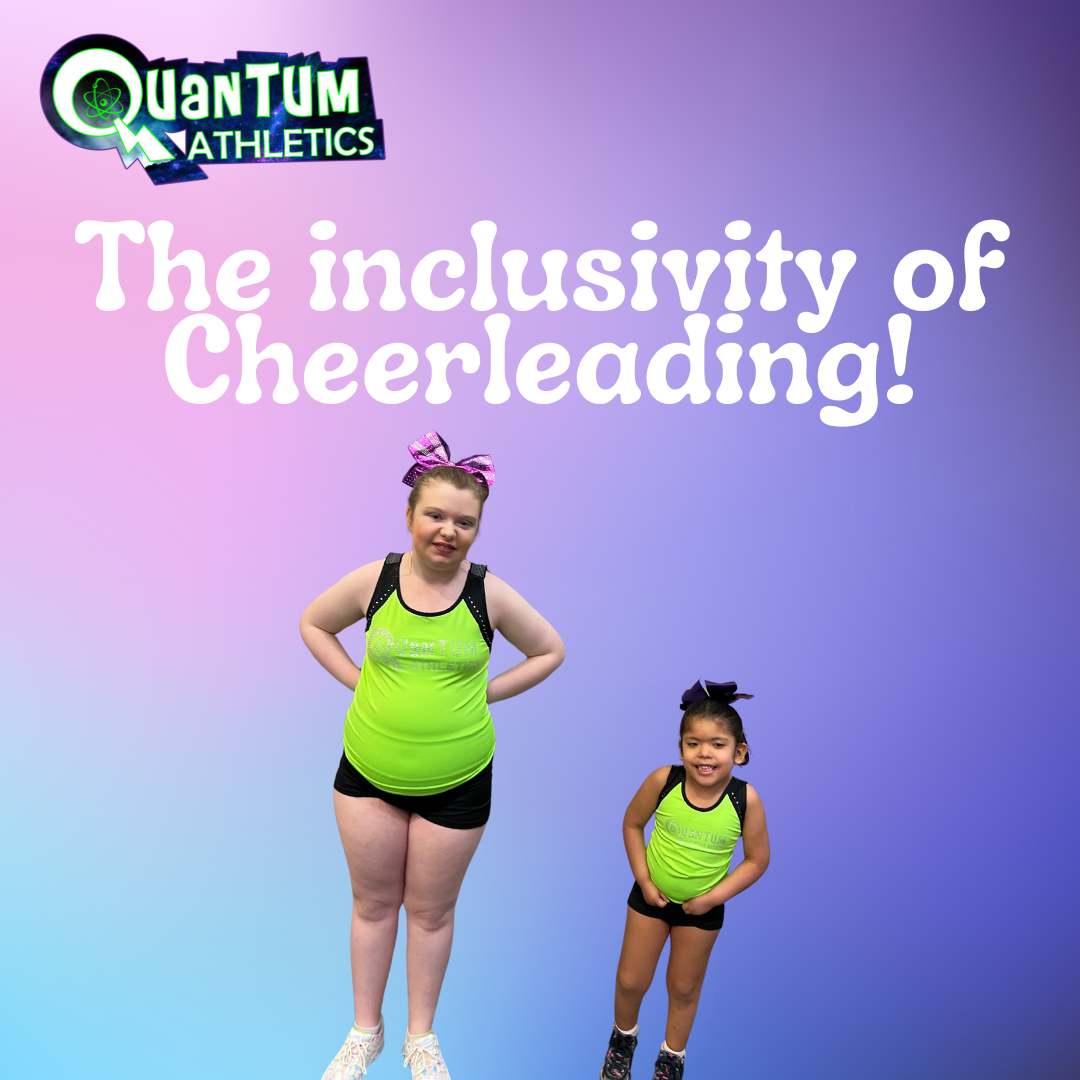
Cheerleading, traditionally viewed as a sideline activity, has evolved into a dynamic and inclusive sport that embraces athletes from a wide range of backgrounds, abilities, and interests. This transformation is rooted in its foundation of teamwork, athleticism, and spirited competition. Cheerleading’s inclusivity is evident in the diversity of its participants. No longer limited by gender, it welcomes male and female athletes alike, breaking down stereotypes and promoting gender equality within the sport. This change reflects a broader shift towards inclusivity in sports, where the focus is on the athlete’s skill and dedication rather than traditional gender roles.
Moreover, cheerleading’s structure fosters an environment where every member plays a crucial role, from bases and flyers to spotters, each position is essential for the team’s success. This interdependence encourages a sense of unity and respect among teammates, highlighting the importance of each individual’s contribution, regardless of their role. The sport also accommodates varying levels of physical ability, with divisions and competitions designed for athletes with disabilities, further emphasizing its commitment to inclusivity.
In addition to its diverse participant base, cheerleading promotes values of team spirit, hard work, and perseverance. It is a platform for athletes to express themselves, build confidence, and develop leadership skills. The sport’s inclusive nature is not just about welcoming a wide range of athletes; it’s about creating a supportive community where everyone is encouraged to strive for excellence, celebrate their achievements, and learn from their experiences. As cheerleading continues to grow in popularity and recognition, its commitment to inclusivity will likely play a significant role in shaping its future, making it a beacon for how sports can bring people together, fostering unity and mutual respect.
